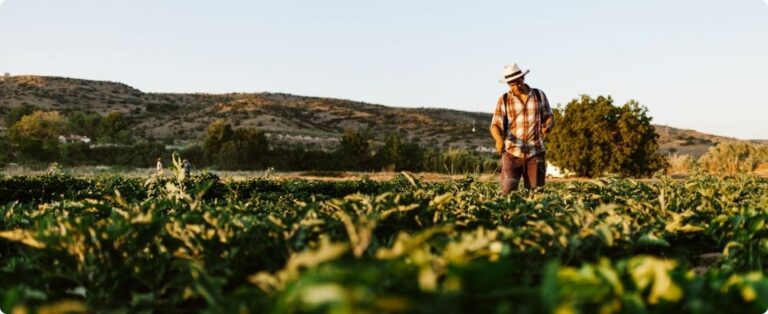
The climate forecast for 2024 indicates a 71% probability of La Niña developing between September and November. Meteorologists at NOAA (the US National Oceanic and Atmospheric Administration) expect that, despite being weak, La Niña will persist through the winter in the Northern Hemisphere. Meteorologists base their forecasts on advanced climate models, such as the North American Multi-Model Ensemble (NMME), which already signaled the possibility of this phenomenon in late 2023. However, climate variables have delayed the forecast, affecting the accuracy of the initial projections.
Observations of the surface temperature of the tropical Pacific Ocean, especially in the Niño-3.4 region, reinforce the possibility of La Niña. In August, this temperature was 0.1°C below average. This is still not enough to characterize a La Niña, which requires a minimum cooling of 0.5°C. However, the drop observed in relation to July and the strengthening of the trade winds indicate a cooling trend. These winds, which blow from east to west, are fundamental to the phenomenon, as they help to cool the ocean surface and promote the upwelling of cold waters. A process observed in August and which is expected to continue until the end of 2024.
Complex climate drivers and global impacts of La Niña in 2024
The delay in La Niña predictions this year is due to factors that complicate climate modeling, such as unpredictable weather events and short-term climate variability. In addition, global warming, which is raising ocean temperatures above historical averages, does not yet have a clear and defined impact on La Niña behavior.
Although La Niña is expected to be weak in 2024, meteorologists believe it could still influence global atmospheric patterns and regional climate, especially during the Northern Hemisphere winter. The US Climate Prediction Center (CPC) has already indicated that it will use the presence of La Niña to develop its seasonal forecasts for the winter of 2024-2025. Estimates indicate a probability of 80% that the phenomenon will fully manifest between November and January 2025.
Source: Leonardo Gottems | agrolink















